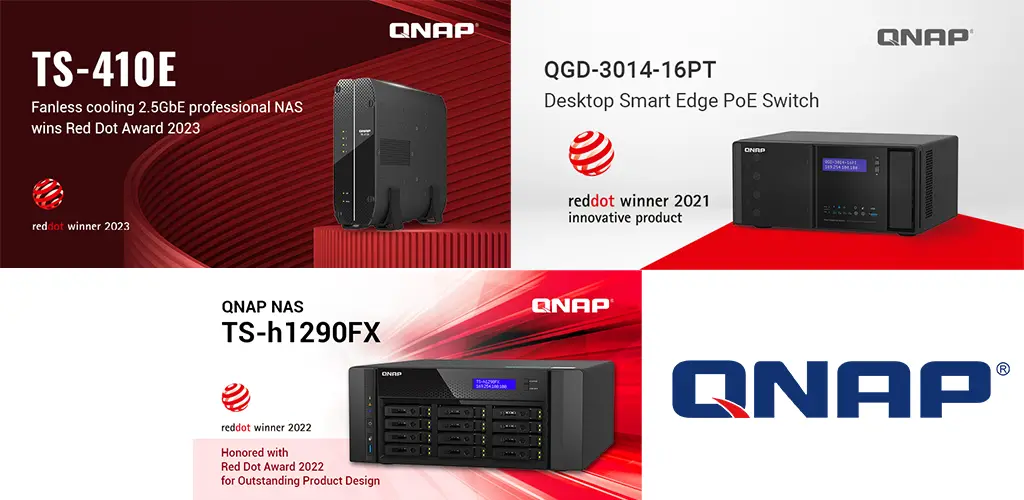Jump Ahead Too
ToggleQNAP NAS Storage: A Comprehensive Guide
Introduction
In today’s fast-paced digital world, data has become the lifeblood of businesses and individuals alike. Whether you’re a small business owner looking to secure your critical data or a tech-savvy individual with a growing media library, Network-Attached Storage (NAS) devices like QNAP offer a powerful and versatile solution. This article will serve as your comprehensive guide to understanding and harnessing the potential of QNAP NAS storage, optimized for both natural language processing (NLP) and SEO practices.
I. What is QNAP NAS Storage?
QNAP, short for Quality Network Appliance Provider, is a renowned leader in NAS solutions. NAS devices are essentially high-capacity, private file servers that offer centralized data storage, backup, and seamless access from multiple devices. QNAP NAS storage devices combine robust hardware and user-friendly software to meet a variety of data management needs.
II. Key Features of QNAP NAS Storage
- Exceptional Performance: QNAP NAS systems boast powerful processors and RAM configurations, ensuring rapid data access and seamless multitasking. This can be especially beneficial for businesses dealing with large datasets.
- Data Security: QNAP’s robust security features include RAID configurations, encryption, and frequent firmware updates. These measures are crucial for safeguarding sensitive information.
- Versatile Applications: QNAP’s App Center offers a multitude of applications, from multimedia management to data synchronization and backup, making it an all-in-one solution for various needs.
- Scalability: Whether you need a small NAS for home use or an enterprise-level solution, QNAP provides scalability options to accommodate your growing storage requirements.
III. Setting Up Your QNAP NAS
- Physical Setup: Unbox your QNAP NAS device and connect it to your network. QNAP offers user-friendly setup wizards, making installation a breeze.
- Firmware Updates: Regularly update the firmware to ensure your device remains secure and up-to-date.
- User Accounts and Permissions: Configure user accounts and permissions to control who has access to what data. This is particularly crucial for business environments.
IV. Using QNAP NAS for Different Purposes
- Data Backup: Set up automatic backups for your critical files, ensuring that your data remains safe even in the event of hardware failure.
- Media Server: QNAP NAS devices can serve as a media hub for streaming music, photos, and videos to various devices, making it an ideal choice for home entertainment.
- Collaboration: With QNAP, you can create a secure and private cloud environment for efficient team collaboration, sharing files, and editing documents in real-time
Conclusion
In conclusion, QNAP NAS storage is a versatile solution for individuals and businesses seeking secure, scalable, and efficient data management. Whether you are safeguarding precious memories or enhancing your organization’s data infrastructure, QNAP’s NAS devices provide robust solutions. This article aims to serve as a comprehensive guide for all your QNAP NAS storage needs.

